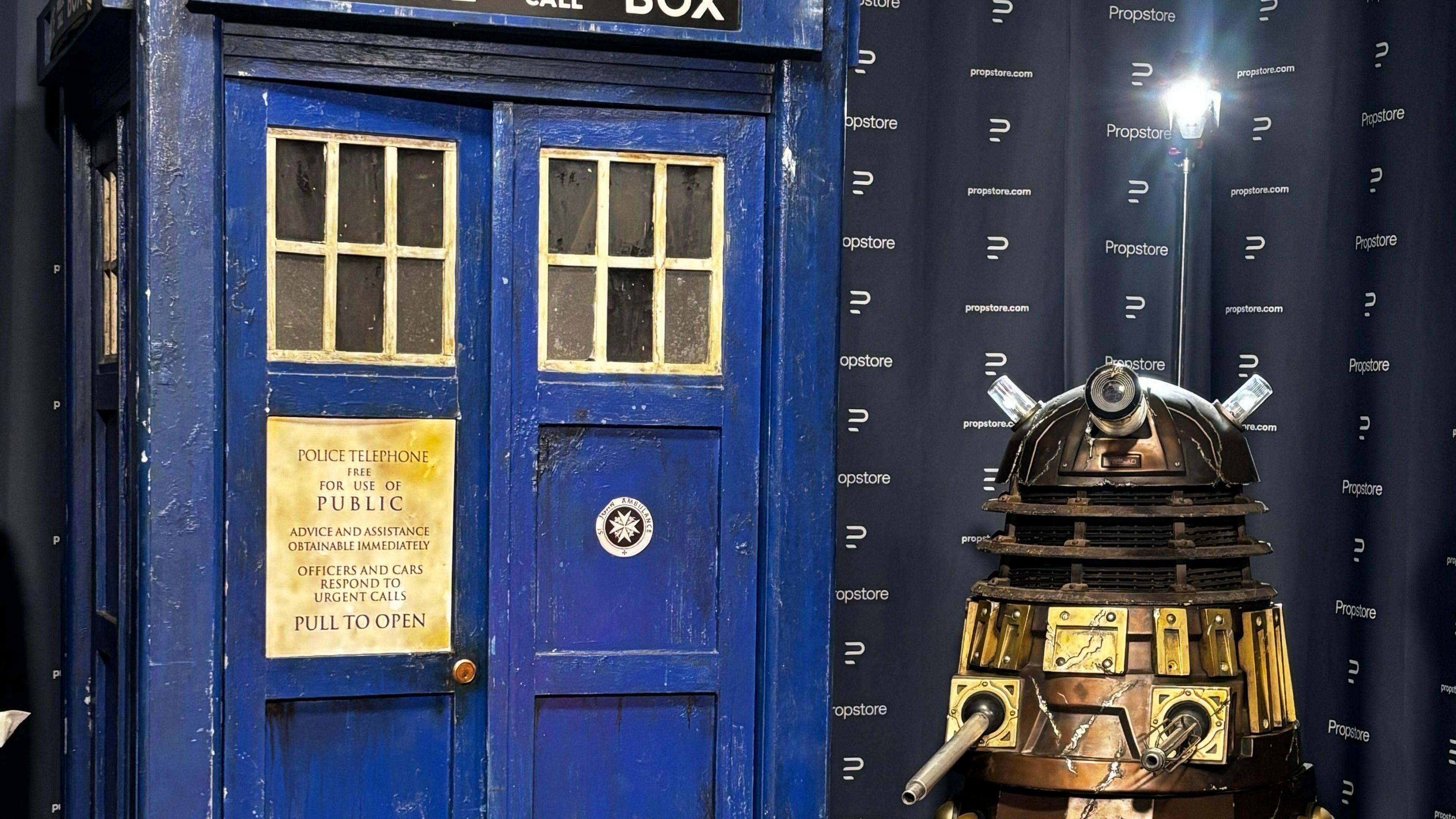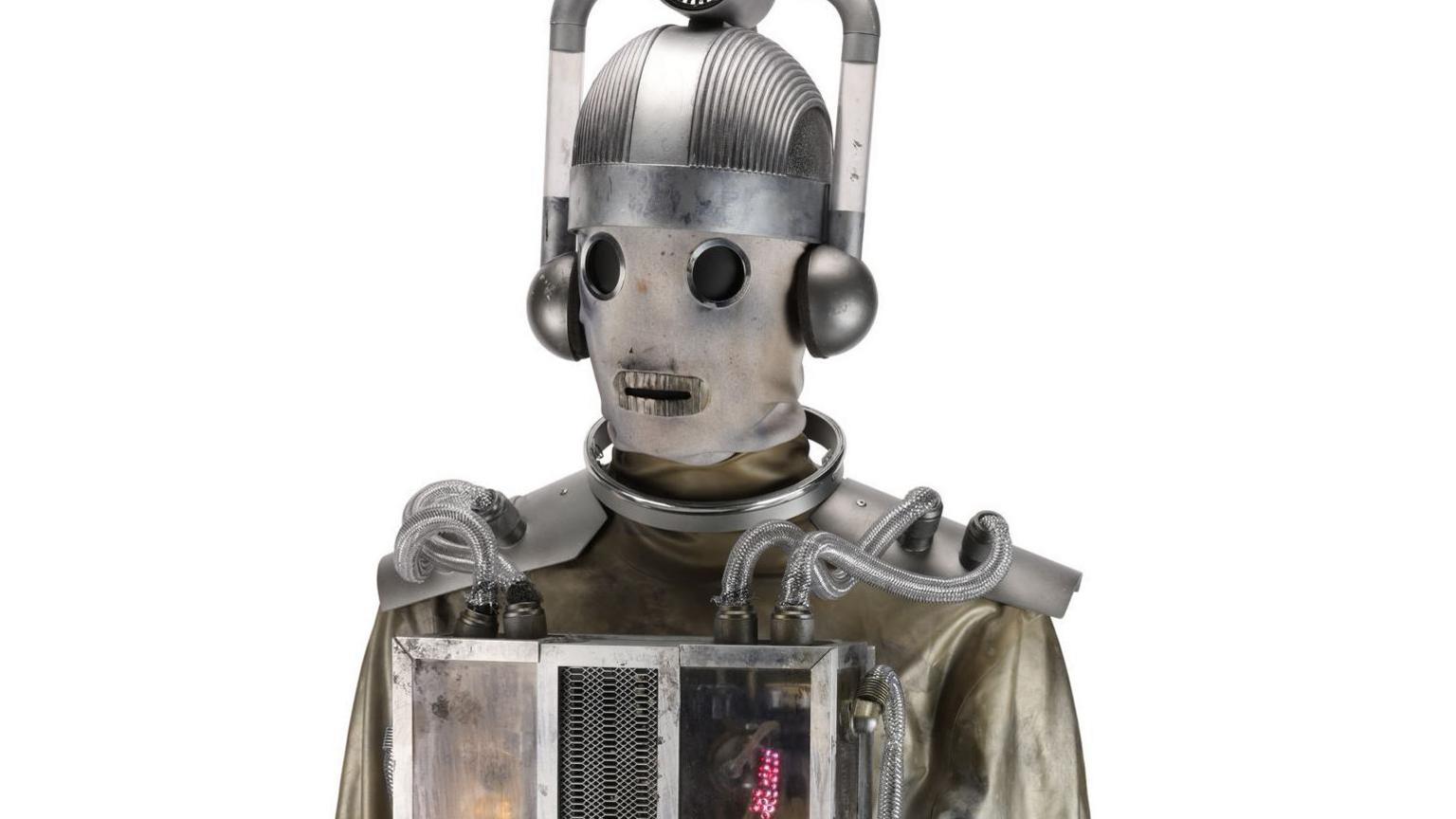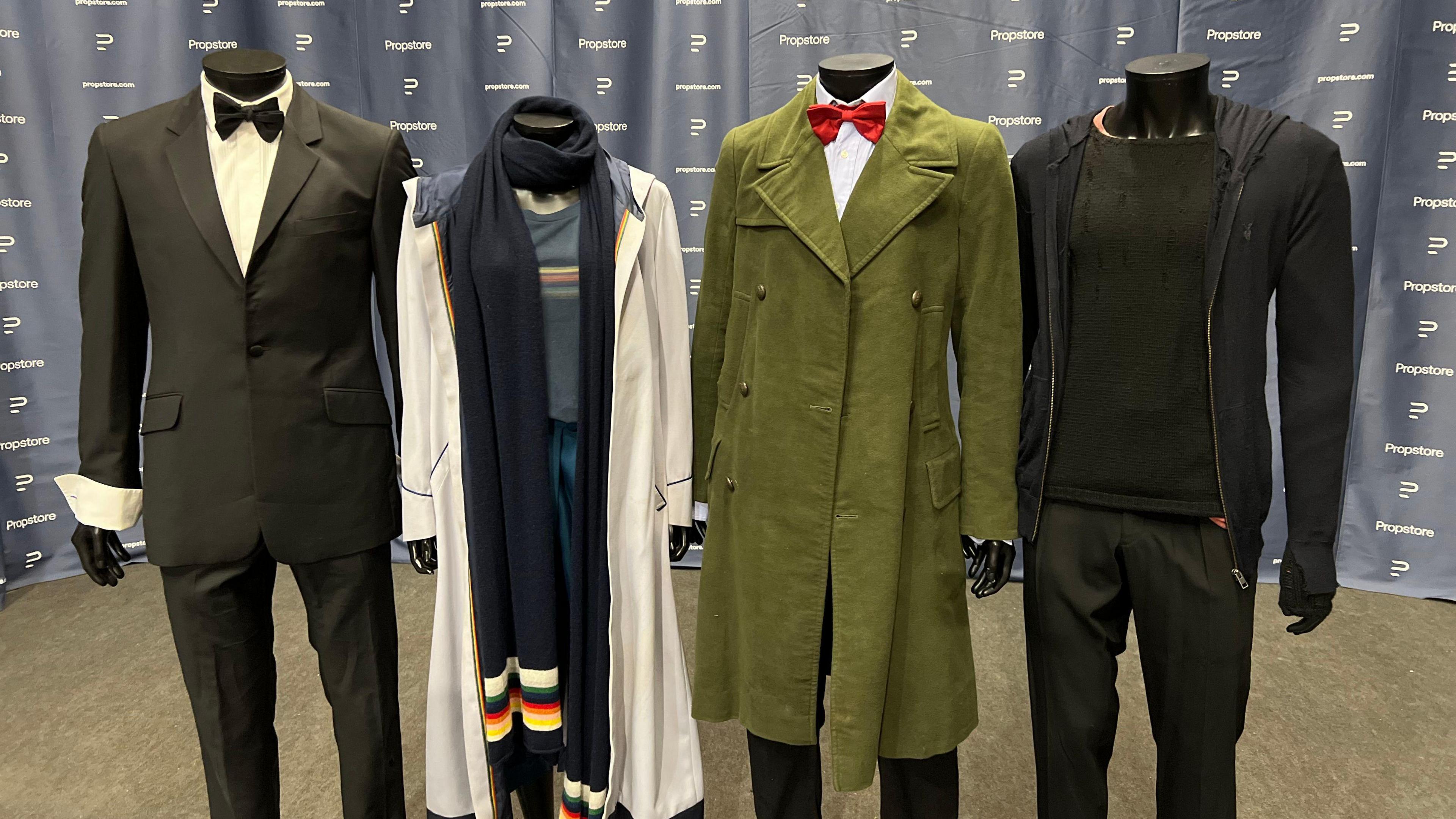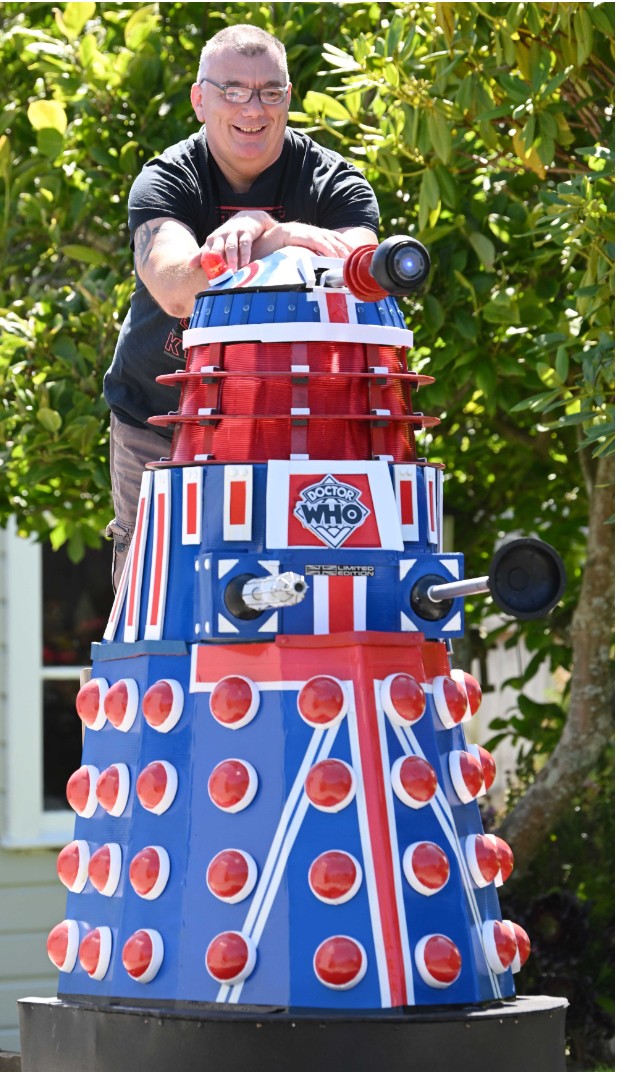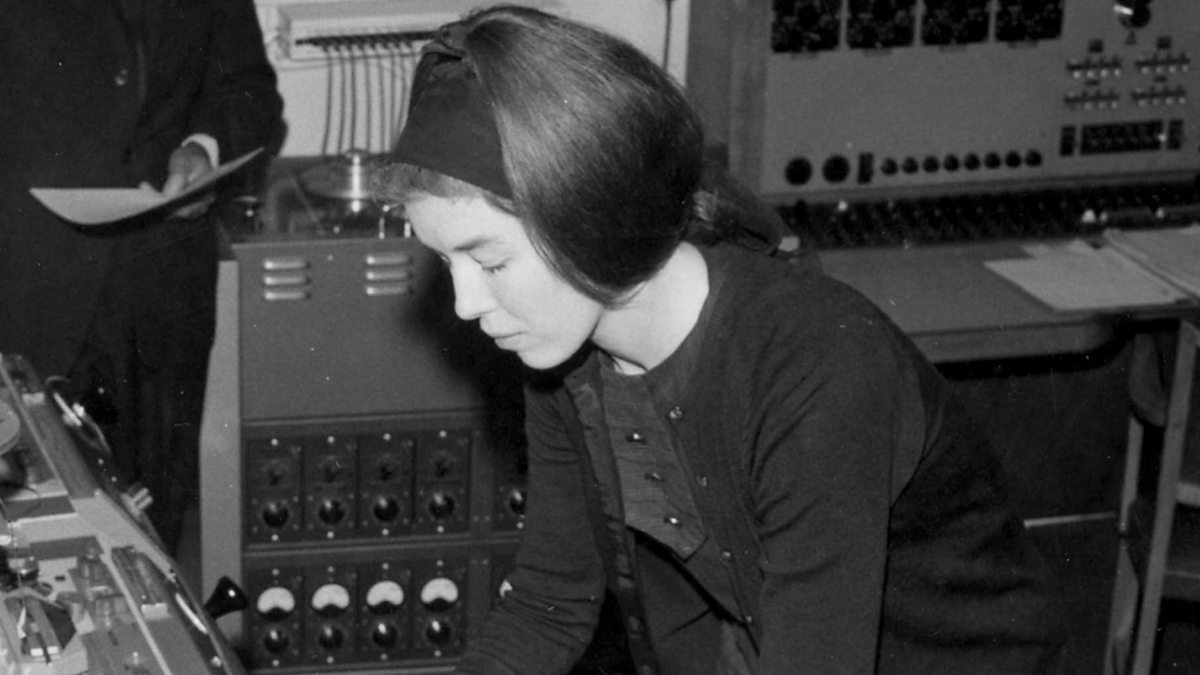Jean Marsh: 1934-2025

Beloved British actress Jean Marsh, who co-created and starred in the iconic period drama Upstairs, Downstairs, has died at the age of 90.
The Emmy-winning star passed away peacefully at her home in London on Sunday, her close friend, filmmaker Michael Lindsay-Hogg, confirmed.
The cause of death was reported as complications from dementia.
Jean, known for her striking features and commanding presence, became a household name in the 1970s thanks to her unforgettable role as Rose Buck – the no-nonsense but warm-hearted head parlour maid – in the much-loved ITV series set in Edwardian England.
Upstairs, Downstairs was a ground-breaking show that captivated audiences on both sides of the Atlantic. It aired in the UK from 1971 to 1975 and in the US from 1974 to 1977, drawing millions of viewers.
Her compelling performance as Rose earned her a prestigious Primetime Emmy Award for Outstanding Lead Actress in a Drama Series – one of seven Emmys the show would ultimately collect, along with a coveted Peabody Award.
Born in Stoke Newington, north London, in 1934, Marsh began her career as a stage actress before making her name on television and film screens in the 1950s and ’60s.
Her career spanned over six decades, with appearances in everything from sci-fi classics to Hollywood films.
Marsh has appeared several times in the BBC series Doctor Who. She first appeared alongside William Hartnell in the 1965 serial The Crusade as Lady Joanna, the sister of Richard I (The Lionheart). She returned later that year as companion Sara Kingdom in 9 episodes of the 12-part serial The Daleks’ Master Plan. Marsh reprised the role in the audio plays Home Truths (2008), The Drowned World (2009), The Guardian of the Solar System (2010), The Five Companions (2011), The Anachronauts (2012), The Light At The End (2013), An Ordinary Life (2014) and The Sontarans (2016). She also appeared in the 1989 television serial Battlefield as Morgaine, as well as the 2007 audio play The Wishing Beast. She made an un-billed cameo appearance in the 2013 docudrama about Doctor Who, An Adventure in Space and Time.
Her big-screen credits included roles in Stanley Kubrick’s A Clockwork Orange, Alfred Hitchcock’s Frenzy, and the 1967 James Bond spoof Casino Royale.
She also starred in fantasy favourites like Return to Oz (1985) and Willow (1988), where she portrayed the evil Queen Bavmorda in a memorably menacing performance.
On television, Marsh was a familiar face in countless dramas, including The Twilight Zone, The Love Boat, The House of Eliott, and 9 to 5.
She also appeared in several Shakespearean adaptations and held her own opposite the likes of Laurence Olivier and Judi Dench.
But it was Upstairs, Downstairs — which she co-created alongside friend and fellow actress Eileen Atkins — that cemented her place in television history.
Marsh played the no-nonsense yet warm-hearted parlour maid Rose Buck in the Edwardian-set ITV drama, which aired from 1971 to 1975 and explored the complex relationship between the aristocratic Bellamy family and their servants.
The show became an international sensation, winning seven Emmy Awards, a BAFTA and a Peabody, with Marsh taking home the 1975 Emmy for Outstanding Lead Actress in a Drama Series — a rare accolade for a British performer at the time.
She reprised the role of Rose in the BBC’s 2010 revival of Upstairs, Downstairs, where she returned as the housekeeper, bridging the gap between old and new generations of fans.
Despite her fame, Marsh remained fiercely private. She had a brief marriage to actor Jon Pertwee, the Third Doctor in Doctor Who, in the 1950s, but the pair later divorced and remained friends.
Known for her intelligence, wit and elegance, Marsh was not only a talented actress but also a passionate advocate for women’s voices in the arts.
Marsh was appointed Officer of the Order of the British Empire (OBE) in the 2012 Birthday Honours for services to drama.



